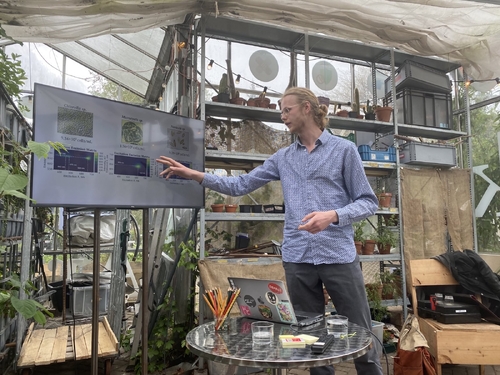Urban Heat and Street View Imagery
Onderdeel van
Trefwoorden
According to the latest IPCC reports, heat waves will increase in both intensity and frequency, with cities being particularly vulnerable due to their physical nature. This study aims to improve the analysis of urban heat island (UHI) effects by integrating street view data to create a detailed approximation of local street-level micro-climates in urban environments.


Methodology
The study focuses on Amsterdam as a case study, using street view images combined with a semantic segmentation model to capture finer urban elements from panoramic images, including sky, buildings, trees, and pervious and impervious surfaces.
Findings
- The results showed that using just pictures of geometric features was not sufficient to predict LST (Land Surface Temperature) accurately.
- Simpler models performed better in predicting LST.
- LST is not a perfect proxy for thermal comfort.
Implications
- The study highlights the health and economic implications of urban heat and the importance of micro-climate modeling and remote sensing.
- The approach used in this study is open-source and replicable, suggesting potential application in different cities worldwide.
Conclusion
The integration of street view imagery with advanced modeling techniques offers a high spatial scale and detailed analysis of urban micro-climates. Although the study could not predict LST using only geometric features, it opens the door for further research and replication in various urban environments to better understand and manage urban heat challenges.
Afbeelding credits
Icon afbeelding: urban heat